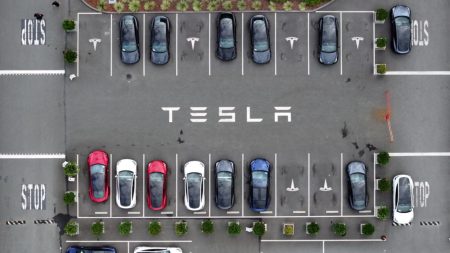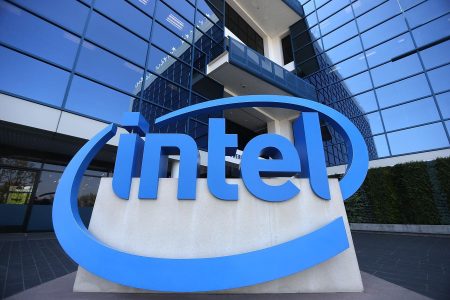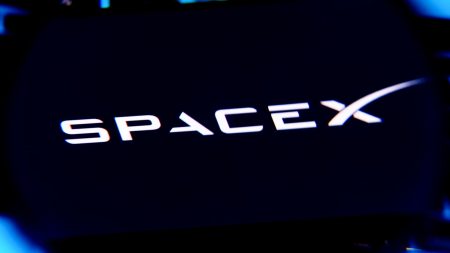The Treasury Department has released data showing that the majority of Americans purchasing new electric vehicles are choosing to receive the associated tax credit upfront from the car dealer rather than waiting until tax season. This tax credit, worth up to $7,500, is being issued as advance payments to qualifying buyers, thanks to the Inflation Reduction Act signed by President Biden in 2022. This allows the dealers to provide an upfront discount to buyers, which is then reimbursed by the IRS. This provision came into effect on January 1 and has seen high demand with more than $580 million in advance payments issued so far.
Previously, EV buyers had to wait until the following tax season to claim their tax credits, which meant they might have to wait several months for their tax break. Additionally, as the clean vehicle credit is nonrefundable, households with lower tax burdens may not be able to claim the full value of the tax break on their returns. However, with advance payments, eligible buyers receive the full value regardless of their tax liability. This provision also extends to purchases of used EVs, with a clean vehicle credit of up to $4,000 available for qualifying buyers.
Despite the popularity and success of advance payments, there are still some caveats to consider. Not all car dealers are participating in this program, with more than 13,000 dealers registered with the IRS Energy Credits Online portal so far. This is out of roughly 16,839 franchised retail car dealers in the U.S. and about 60,000 independent car dealers, although not all of them sell EVs. Additionally, not all EV models or consumers will qualify for the tax break due to manufacturing requirements set by the Inflation Reduction Act.
The manufacturing requirements for new EVs, aimed at promoting domestic production, can limit the number of models that qualify for the full or partial tax credit. Currently, there are 36 new EV models eligible for a tax break in 2024, with manufacturers including Acura, Audi, Cadillac, Chevrolet, Chrysler, Ford, Honda, Jeep, Lincoln, Nissan, Rivian, Tesla, and Volkswagen. Some models may qualify for only half of the tax credit, which is $3,750 instead of the full $7,500. In addition to meeting the manufacturing requirements, cars and buyers must also satisfy income limits for households and meet certain thresholds on the EV sticker price.
Overall, the advance payment provision has been successful in providing American consumers with more immediate access to tax credits for purchasing qualifying new and used electric vehicles. Despite some limitations, such as dealer participation and qualifying criteria, the program has seen high demand since its implementation at the beginning of the year. This financial mechanism is seen as a way to incentivize EV purchases and promote the adoption of cleaner vehicles, while also supporting domestic manufacturing in the electric vehicle industry.















